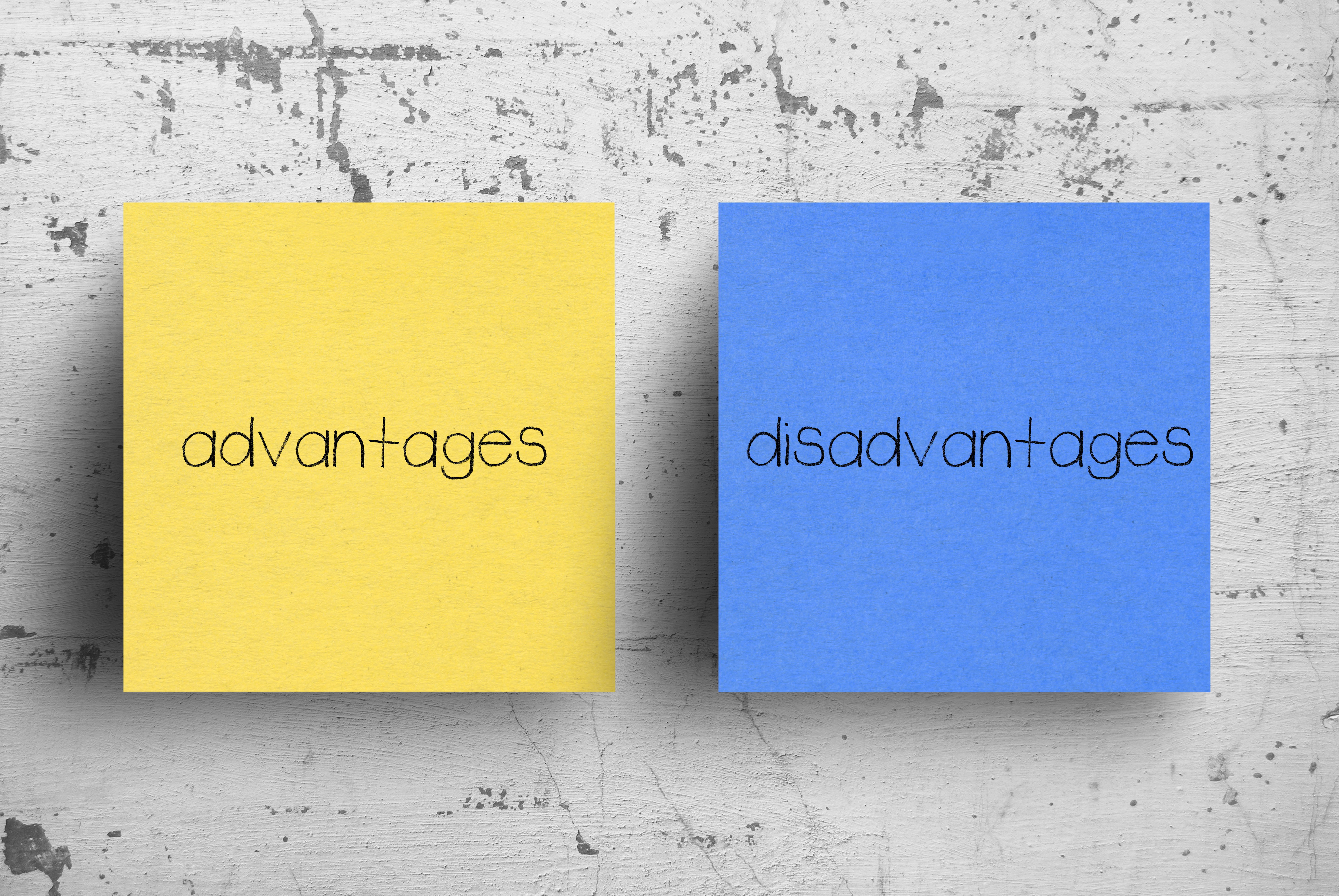Flexible Life Interest (FLIT)

By Chris Watts, Private Client Consultant – Fern Wills & LPAs
Last verified: 10 October 2025 (England & Wales)
Quick-read summary
A Flexible Life Interest Trust (FLIT) is often described as the modern family trust—a structure designed for today’s blended and changing families.
It combines the key strengths of both a protective property trust (asset security) and a discretionary trust (adaptability), giving you the best of both worlds: good protection with a high degree of flexibility.
A FLIT allows a surviving spouse or partner to remain in the family home or receive income for life, while trustees can use their discretion to support the wider family or respond to future events.
Because circumstances and tax laws change, this modern approach lets your Will adapt without needing to be rewritten.
It provides room to adjust when life does not go to plan—an essential feature of modern estate planning.
A FLIT balances today’s security with tomorrow’s protection. It keeps your wishes alive even when circumstances shift.
Practical checklist
Use this as a sense-check: these simple steps make the trust work smoothly in practice.
- Decide whether your goal is protection for a spouse and inheritance for children.
- Choose trustees who can act fairly between both generations.
- Prepare a clear Letter of Wishes to guide future decisions.
- Check property ownership—split as tenants-in-common if needed.
- Confirm both spouses’ nil-rate bands and residence rules apply.
- Register the trust with HMRC’s Trust Registration Service (TRS) after the first death.
- Review wording every five years or when family or tax circumstances change.
What to consider
A FLIT combines a life-interest trust (income and occupation for life) with discretionary powers (capital use when needed).
It suits modern families who value flexibility over rigid control.
Key advantages in principle:
- Immediate security for the surviving spouse.
- Enhanced protection from new spouses, creditors, or care-fee claims—although not absolute, it can reduce risks in many cases.
- Option for trustees to advance or loan capital when needed.
- Capacity to adjust investments or convert into another trust if laws change.
- Smooth transfer to children after the second death, supervised by trustees.
Limitations:
- The life tenant’s share forms part of their taxable estate.
- Loss of automatic Residence Nil-Rate Band (RNRB) unless trustees act within two years.
- More administration and reporting than a simple Will.
- Trustees must understand their duties and balance competing needs.
A FLIT is rarely perfect for everyone, but for many families it strikes a practical balance between protection, tax efficiency, and day-to-day usability.

How this works in real life – Andy and Beth
Scenario 1 – No planning
Andy and Beth own a home jointly. Andy dies and everything passes outright to Beth. Years later Beth remarries Charles and never updates her Will. On her death, Charles inherits everything and leaves it to his own children. Andy’s children receive nothing.
Scenario 2 – The FLIT in action
Before Andy’s death, both partners severed joint ownership and included a FLIT in their Wills. After Andy’s death Beth struggles financially in the early years. Andy’s co-trustee, Dave, remembers their conversations when the trust was set up—Andy wanted Beth to avoid hardship. After discussion, they agree to release £10,000 a year for six years so Beth can manage comfortably. This practical flexibility is exactly what Andy had intended.
Scenario 3 – Bankruptcy protection
In a different turn of events, if Beth had faced bankruptcy, Andy’s half of the home would remain inside the FLIT and legally separate. Creditors could not touch it, ensuring Andy’s share stayed reserved for his children.
Scenario 4 – Remarriage and tax planning
When Beth later marries Charles, the trustees review the trust. The property has risen sharply in value. Acting under Andy’s Letter of Wishes, they advance £30,000 each to the children for weddings and deposits. Eight years later, those gifts are IHT-exempt, saving roughly £24,000 in tax.
Scenario 5 – Care needs
Years later Beth moves into residential care. The trustees decide to rent the property and invest the proceeds. The extra income allows Beth to choose a more comfortable home while Andy’s share remains ring-fenced for the children.
Scenario 6 – Ethical dilemma
Charles develops a serious illness. Beth wants to help with treatment costs but hesitates to draw on Andy’s invested assets. The trustees weigh her needs against those of the next generation and agree on a measured payment. This helps Charles without undermining the long-term fund and shields Beth from guilt-driven overspending.
Each example shows how forethought in Will drafting can turn potential crises into manageable choices.
Six real-world turns—remarriage, care, bankruptcy, guilt, tax, and rising values—show how one trust can adapt again and again.

Advantages of a FLIT
- Protects assets across two deaths; converts to a discretionary trust for later generations.
- Provides enhanced protection from bankruptcy, care-cost, or remarriage claims.
- Trustees may loan money rather than gift it, reducing later tax exposure.
- No 10-year or exit charges while the life tenant lives.
- Can be re-engineered into another trust type if tax law changes.
- Trustees can end or vary the trust early if family needs evolve.
About discretionary trusts:
When the life tenant dies, a FLIT usually converts into a discretionary trust. This means the trustees decide who benefits and when, within a defined class of beneficiaries. It gives continuing control and protection. See our related article on Discretionary Trusts for more details.
Disadvantages of a FLIT
- Trust assets count within the life tenant’s taxable estate.
- Some reliefs available under simpler trusts—such as Business or Agricultural Property Relief or full use of the Residence Nil-Rate Band—may not interact as efficiently with a FLIT.
- On the life tenant’s death, the trust enters the relevant-property regime, which brings 10-year and exit charges.
- Grant of Probate is still required for the property share—standard for property interests, but worth noting.
- HMRC registration is mandatory under the Trust Registration Service (TRS). This is quite common, usually handled by a professional adviser, and is a legitimate trust expense.
- In rare circumstances, if the trustees sell and buy a replacement home for the life tenant, Stamp Duty Land Tax (SDLT) may apply at a higher rate if the transactions overlap or the trust temporarily holds two properties. Timing and structure are key, so professional advice is essential.
- FLITs are less favourable for unmarried couples because assets can be taxed on both deaths. However, if marriage is likely in the short term, many couples choose to take that short-term risk for the advantages once married. Alternative structures such as a nil-rate discretionary trust can sometimes mitigate this—seek tailored advice first.
Understanding these limits early gives clients an informed choice. If these drawbacks outweigh the benefits for your situation, consider a Property Life Interest Trust instead; your Fern Wills & LPAs adviser can provide a fair comparison and let you decide.

How FLITs are taxed
For inheritance-tax purposes, the life tenant is treated as inheriting the assets.
If they are a spouse or civil partner, the spousal exemption applies and no IHT is payable at first death; both nil-rate bands can transfer.
During the life interest:
- No entry, anniversary, or exit charges.
- Trustees may make gifts—treated as Potentially Exempt Transfers (PETs).
After the life tenant’s death:
- The trust becomes discretionary and falls under the relevant-property regime. This means the trust itself—not any individual—pays periodic inheritance-tax charges every ten years and on certain distributions. These are usually modest compared with full estate tax on each death, but they represent the price of flexibility.
- Most families accept this trade-off. A Flexible Life Interest Trust gives manual control—trustees can choose when to distribute funds and even reduce tax by timing those distributions well, as seen in Andy and Beth’s £24,000 savings example. In short, you lose some automatic reliefs but gain strategic control.
Residential Nil-Rate Band (RNRB):
RNRB is not available if the main residence remains in the discretionary trust long-term.
However, if trustees appoint the home out to direct descendants within two years of death, RNRB can still apply under section 144 of the Inheritance Tax Act 1984.
Many families see these modest running costs as a fair trade for keeping control and clarity across generations.
RNRB is not lost forever—it can often be recovered if trustees act within two years.

Trustees
Trustees sit at the centre of a FLIT. They must:
- Balance the spouse’s immediate needs with the long-term inheritance goals.
- Keep accurate records and submit HMRC updates.
- Follow the Letter of Wishes to guide discretionary decisions.
Including the surviving spouse as one trustee keeps decisions practical, while professional or family co-trustees provide balance and continuity. Reviewing decisions every five years keeps the trust healthy and compliant.
Optional Technical Notes
- Legislation: Inheritance Tax Act 1984; Finance Act 2006; Trusts Registration Regulations 2017.
- Structure: Interest-in-possession during the life tenant’s lifetime, becoming a discretionary (relevant-property) trust on death.
- Tax status: Spousal exemption on first death; relevant-property charges thereafter.
- Care Act 2014: Assets in a properly drafted FLIT are normally excluded from means testing unless created deliberately to avoid fees.
- Duration: Up to 125 years under the Perpetuities and Accumulations Act 2009.

Next steps
If you’d like to understand how a Flexible Life Interest Trust could secure your family’s future, Fern Wills & LPAs can explain the options in plain English and ensure your Will is drafted correctly.
Contact us to arrange a short consultation and discuss your circumstances in confidence. Talking through your options helps you decide whether this balanced, flexible approach fits your circumstances.


